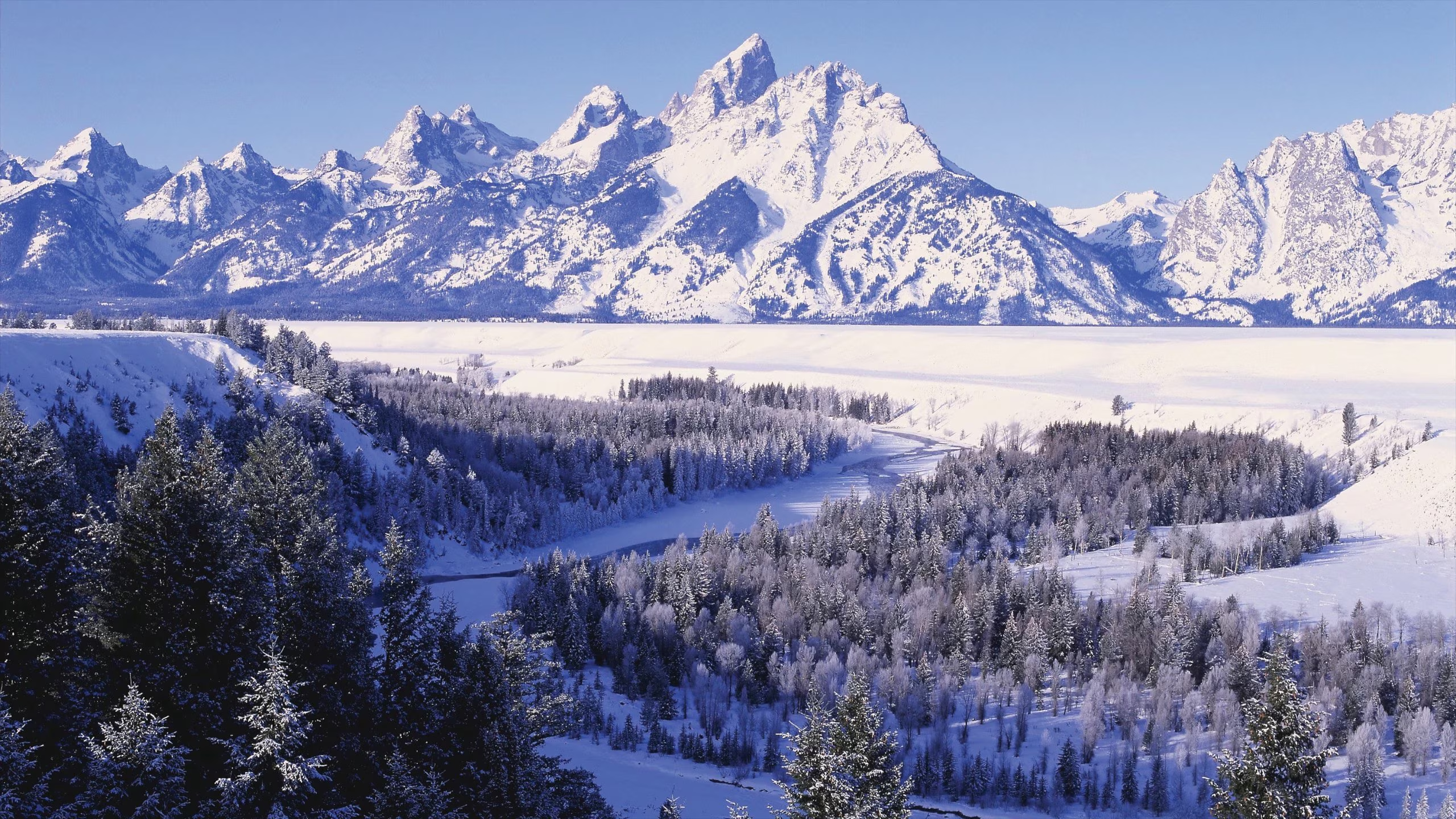24/7 Helpline:
(866) 899-221924/7 Helpline:
(866) 899-2219
Learn more about Xanax Rehab centers in Yellowstone National Park
Xanax Rehab in Other Cities
Other Categories in Yellowstone National Park

Other Insurance Options

Aetna

ComPsych

UMR

BlueShield

CareFirst

Private insurance

WellCare Health Plans

Coventry Health Care

Health Choice

Choice Care Network

Amerigroup

Ceridian

BlueCross

Evernorth

MHNNet Behavioral Health

AllWell

Group Health Incorporated

State Farm

American Behavioral

Oxford










